Home>Ideas and Tips>Home Brewing Station Design: Craft Beer Enthusiast Spaces
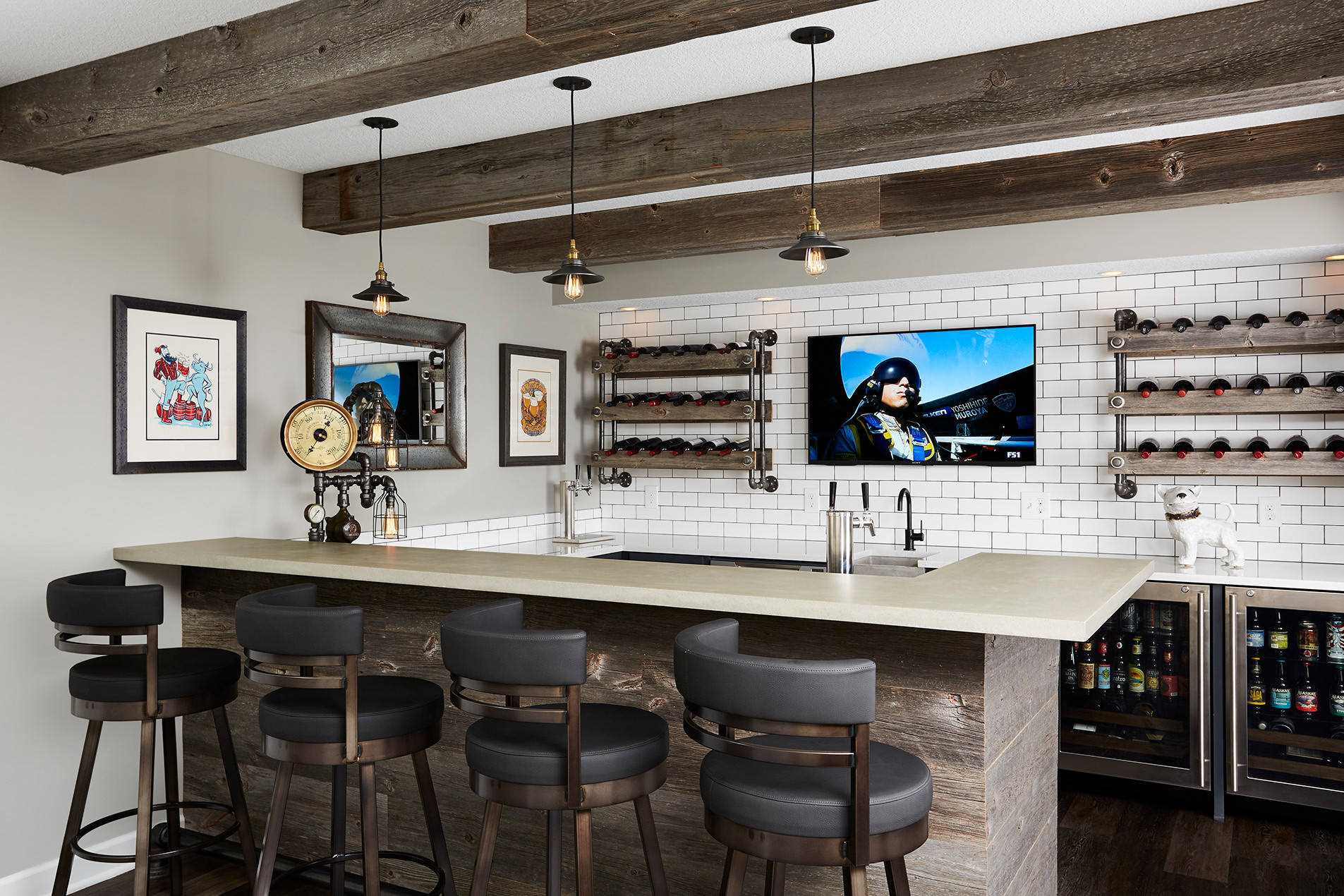

Ideas and Tips
Home Brewing Station Design: Craft Beer Enthusiast Spaces
Published: September 1, 2024
Design a home brewing station that reflects your passion for craft beer. Discover tips for creating inviting, functional, and unique beer enthusiast spaces.
(Many of the links in this article redirect to a specific reviewed product. Your purchase of these products through affiliate links helps to generate commission for Storables.com, at no extra cost. Learn more)
Introduction
Craft beer has become a staple in modern culture, with enthusiasts around the world seeking out unique and inviting spaces to enjoy their favorite brews. Whether you're a seasoned brewer or simply a beer aficionado, creating an inviting home brewing station can elevate your experience and make it more enjoyable for friends and family. In this article, we'll delve into the key elements of designing a home brewing station that caters to craft beer enthusiasts, drawing inspiration from both commercial taprooms and homebrewing setups.
The Importance of Design in Home Brewing Stations
Designing a home brewing station is not just about setting up equipment; it's about creating an immersive experience that reflects your passion for craft beer. Just like commercial taprooms, a well-designed home brewing station can set the tone for a memorable visit and encourage patrons to linger longer, try more beers, and become loyal customers.
Initial Impression
The first impression is crucial in any setting, including your home brewing station. From the moment you step into the room, every detail should contribute to an inviting atmosphere. This includes the staff's greeting, the layout of the space, and even the merchandise displays. For instance, Melissa Romano, co-owner of Lake Ann Brewhouse, emphasizes the importance of the initial experience. She believes that every detail from the doormat to the staff's demeanor can make or break the customer's perception of the brewery.
Location and Brand Identity
Before diving into the specifics of design, it's essential to consider the brewery's location and brand identity. The natural elements of the space and nearby structures should be embraced to create a design that resonates with the local community. For example, a historic downtown area may not be the ideal setting for a hip, modern interior. Understanding zoning regulations is also critical to ensure compliance with local laws and address any potential limitations early on.
Expertise in Design
Designing a home brewing station is a complex process that requires expertise and attention to detail. While you may have a clear vision for your space, hiring a professional designer or consultant can elevate the design to new heights. Experts bring valuable insights and ideas to the table, helping you match your aesthetic with your interior design. Collaborating with experts ensures that your home brewing station's design aligns with your brand identity and creates a cohesive and memorable experience for customers.
Creating a Distinctive Style and Brand Identity
To stand out in a crowded craft beer market, you must define your unique style and brand identity. This involves contemplating how you want to be perceived by customers and how your design can reflect that perception. Consistency is key in branding, and a well-executed design can reinforce your image and make it instantly recognizable.
For example, Lake Ann Brewhouse chose to highlight the color orange in its taproom to differentiate itself from other businesses in its plaza. The color orange is prominently featured throughout the space, from the logo to the walls and merchandise displays. By consistently incorporating this distinctive element, Lake Ann Brewhouse creates a visual identity that customers can easily recognize and associate with the brand.
Designing an Engaging and Functional Space
Beyond aesthetics, home brewing station design should prioritize functionality and customer engagement. Creating a space that encourages interaction, exploration, and socializing can enhance the overall experience for patrons. Thoughtful layout and strategic design choices can maximize space utilization, facilitate smooth customer flow, and create opportunities for customers to engage with the brewery and its beer offerings.
Seating Options
Consideration should also be given to seating options. Durable and easy-to-clean materials are essential, ensuring longevity and maintenance efficiency. Hi-top tables can provide a more intimate and elevated experience, while low-top options are necessary for ADA accessibility. Communal tables and booths offer flexibility, allowing you to accommodate both small and large groups of customers.
Lighting and Acoustics
Lighting and acoustics play a significant role in creating the desired ambiance within a home brewing station. The right lighting can enhance the space's aesthetics, highlight specific features, and create a warm or cool atmosphere depending on the type of lighting used. For instance, soft LED lighting can create a cozy ambiance, while bright overhead lights can make the space feel more open and inviting.
Acoustics are equally important as they can either enhance or detract from the overall experience. Sound-absorbing materials like acoustic panels can help reduce echo and create a more intimate setting. This is particularly important in spaces where music or background noise is present, as it ensures that conversations can be easily heard without any distractions.
Designing for Your Location
When designing your home brewing station, it's crucial to consider the location and how it will impact the overall design. For example, if you live in an urban area with limited space, you might need to opt for compact equipment and clever storage solutions. On the other hand, if you have a spacious backyard, you could create an outdoor brewing area that incorporates natural elements like trees and gardens.
Understanding your local climate is also essential. For instance, if you live in an area with high humidity, you'll need to ensure that your equipment is designed to handle moisture levels effectively. This might involve using materials that are resistant to rust or corrosion and ensuring proper ventilation to prevent mold growth.
Creating a Unique Experience
Craft beer enthusiasts often seek out unique experiences when visiting breweries or home brewing stations. To create such an experience, you can incorporate various elements that make your space stand out.
Interactive Elements
Interactive elements like tasting flights, beer-making demonstrations, and brewery tours can make your home brewing station more engaging. For example, you could set up a tasting area where guests can sample different beers while learning about their ingredients and brewing processes.
Seasonal Offerings
Offering seasonal beers can also enhance the experience. This involves brewing beers that match the time of year, such as pumpkin beers in fall or stouts in winter. This strategy not only keeps your offerings fresh but also aligns with consumer trends and preferences.
Community Involvement
Community involvement is another key aspect of creating a unique experience. Hosting events like beer festivals, live music nights, or brewery tours can attract a broader audience and foster a sense of community among beer enthusiasts.
Homebrewing Inspiration from Commercial Taprooms
While designing a home brewing station, it's beneficial to draw inspiration from commercial taprooms. These spaces often serve as models for creating inviting and functional environments that cater to craft beer enthusiasts.
Layout and Flow
The layout and flow of a commercial taproom can be particularly insightful when designing your home brewing station. For instance, communal tables and seating areas encourage socializing and interaction among patrons. Similarly, strategic placement of equipment and storage solutions can maximize space utilization and facilitate smooth customer flow.
Branding and Aesthetics
Commercial taprooms often have a distinct brand identity that is reflected in their design. This includes consistent color schemes, logos, and merchandise displays. By incorporating similar elements into your home brewing station, you can create a cohesive visual identity that reinforces your brand image.
Read more: Cinematic Style For Home Theater Enthusiasts
Homebrewing Inspiration from Homebrewers
Homebrewers also offer valuable insights into designing an effective home brewing station. For instance, John Blichmann, a mechanical engineer and homebrewer, emphasizes the importance of efficient work areas and convenient tool locations. He suggests that a place for everything and everything in its place is essential for maintaining organization and minimizing clutter.
Practical Brewing Considerations
When designing a home brewing station, practical brewing considerations should be top of mind. This includes ensuring adequate ventilation to prevent the buildup of carbon dioxide and other gases. Proper storage solutions for equipment and supplies are also crucial to maintain hygiene and efficiency during brewing operations.
DIY Solutions
Homebrewers often rely on DIY solutions to create functional brewing spaces within limited budgets. For example, Johnny Wills from The Craft Beer Channel built an entire backyard brewery on a modest budget of £6-7k. He cleared the area, graded and leveled the dirt, poured a concrete foundation, framed the walls and roof, finished the exterior with siding and roofing, insulated everything, and installed electricity and possibly water lines.
Creative Uses of Self-Storage Units
As passion for homebrewing grows, traditional home spaces often become limiting. Self-storage units offer an unexpected yet ideal venue for brewers to scale their craft, store equipment, and even create a dedicated brewing space without the constraints of home. These units can be transformed into brewer's havens by incorporating creative storage solutions and functional brewing equipment.
Space Optimization
Self-storage units provide ample space to optimize your brewing operations. You can set up shelving for storing ingredients and supplies, designate areas for brewing equipment, and even create a tasting area for sampling beers. By maximizing space utilization, you can create an efficient and professional brewing environment that rivals commercial setups.
Conclusion
Designing a home brewing station is a multifaceted process that requires careful consideration of aesthetics, functionality, and practical brewing considerations. By drawing inspiration from commercial taprooms and homebrewers, you can create an inviting space that reflects your passion for craft beer and enhances the overall experience for patrons. Whether you're a seasoned brewer or just starting out, incorporating elements like interactive experiences, seasonal offerings, and community involvement can make your home brewing station truly unique and memorable.
In conclusion, crafting beer enthusiast spaces is not just about setting up equipment; it's about creating an immersive experience that reflects your brand identity and fosters a sense of community among beer enthusiasts. By following these guidelines and incorporating creative solutions, you can transform your home brewing station into a haven for craft beer enthusiasts, making every visit a memorable one.
Was this page helpful?
At Storables.com, we guarantee accurate and reliable information. Our content, validated by Expert Board Contributors, is crafted following stringent Editorial Policies. We're committed to providing you with well-researched, expert-backed insights for all your informational needs.
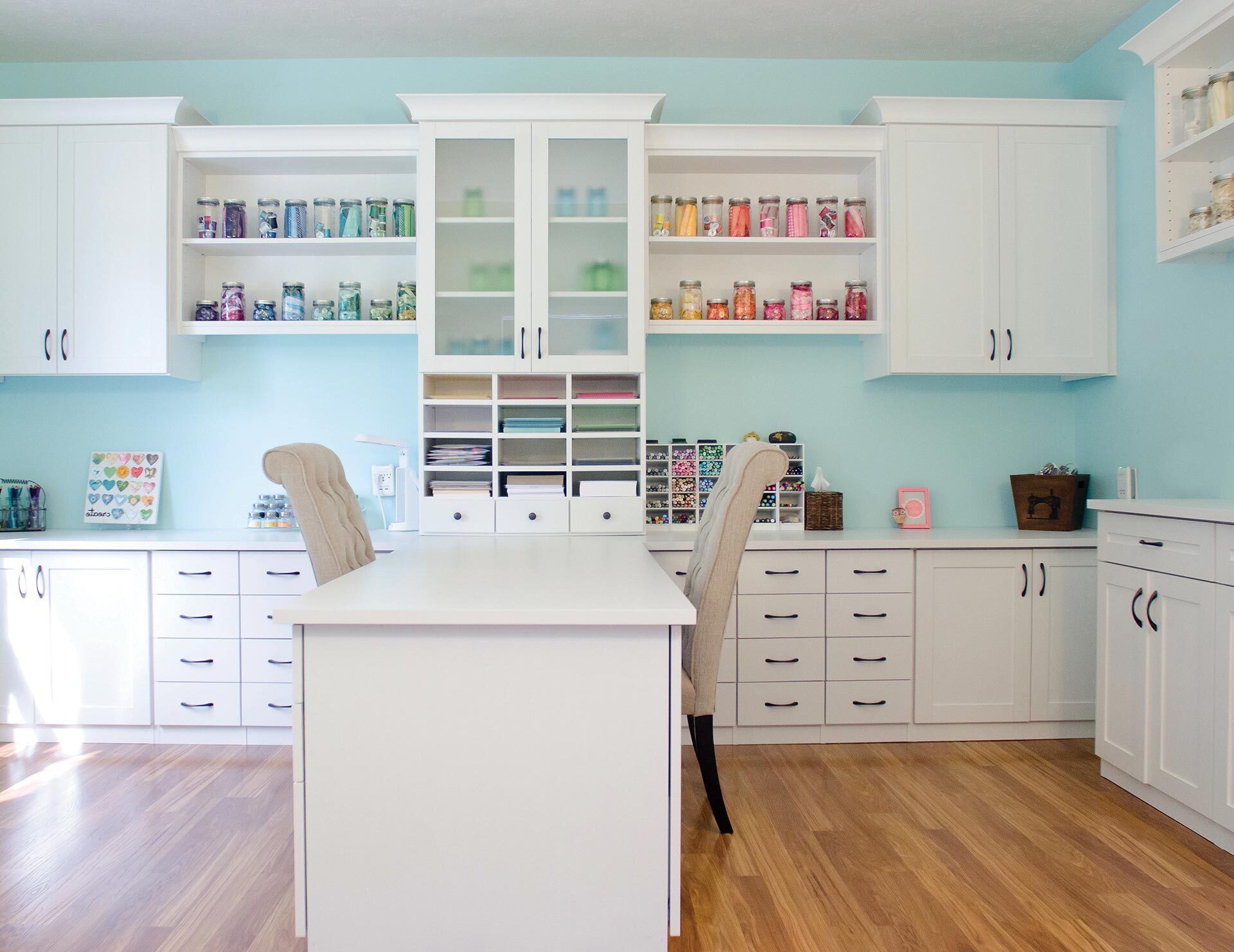
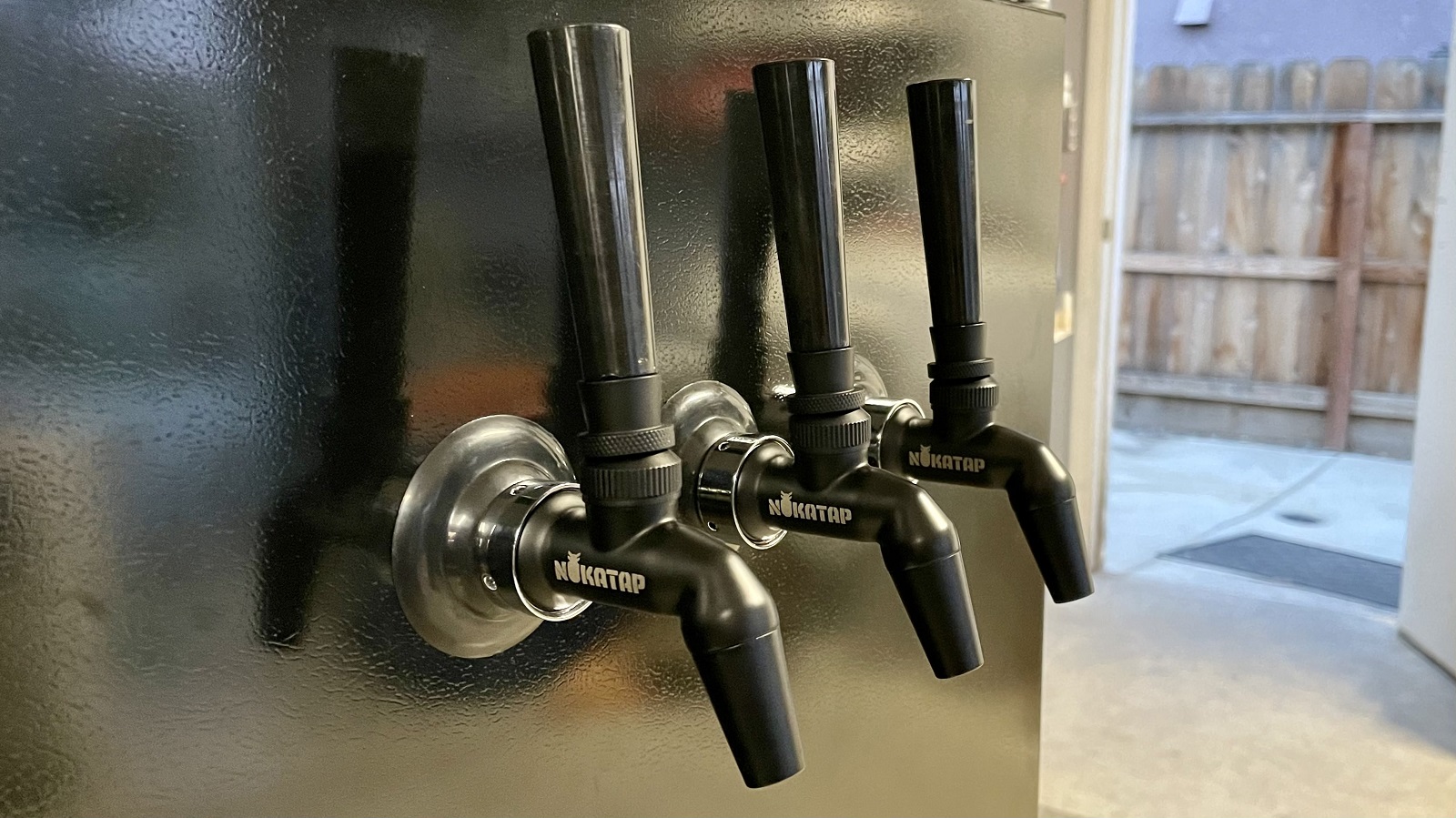
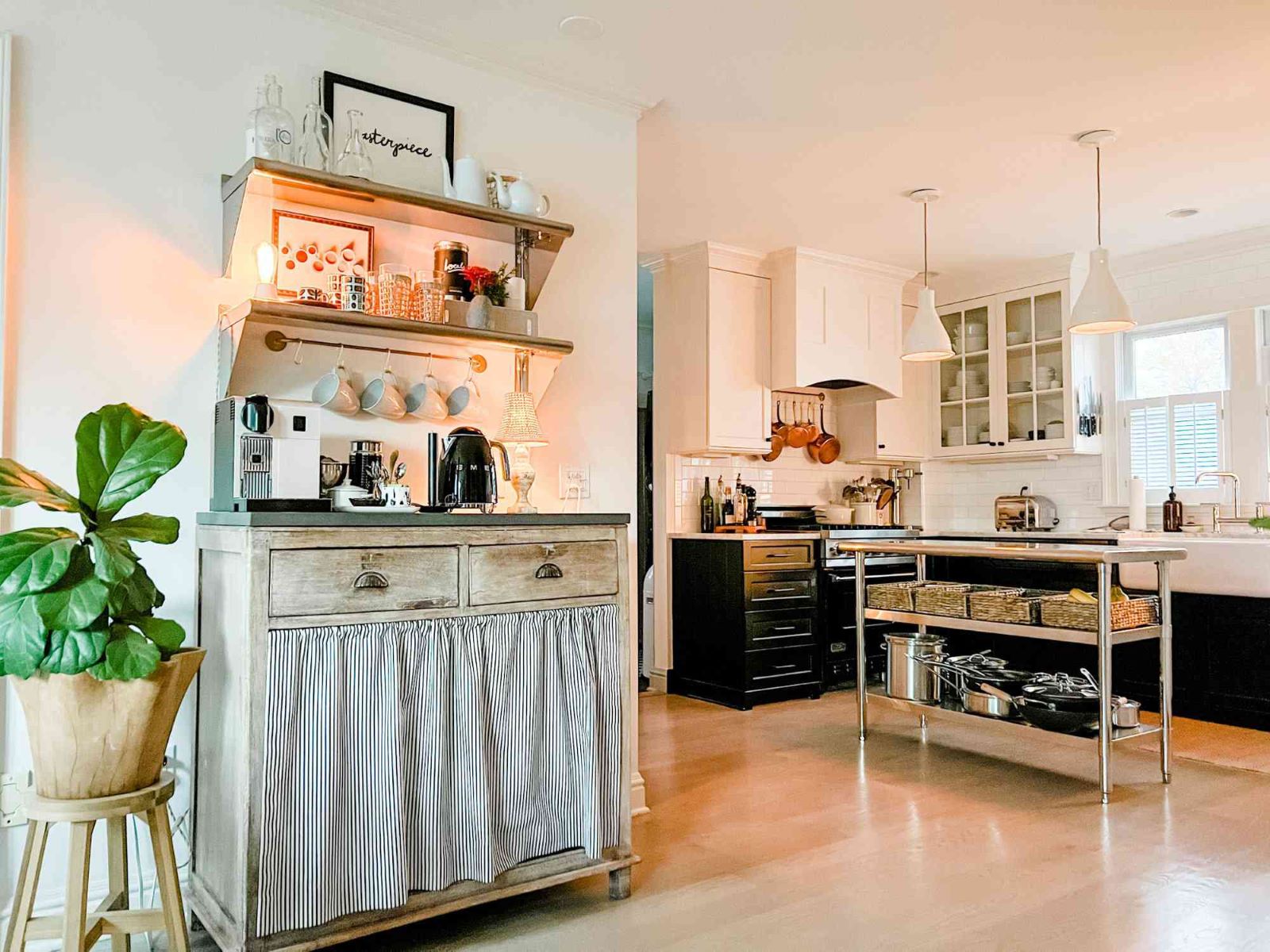
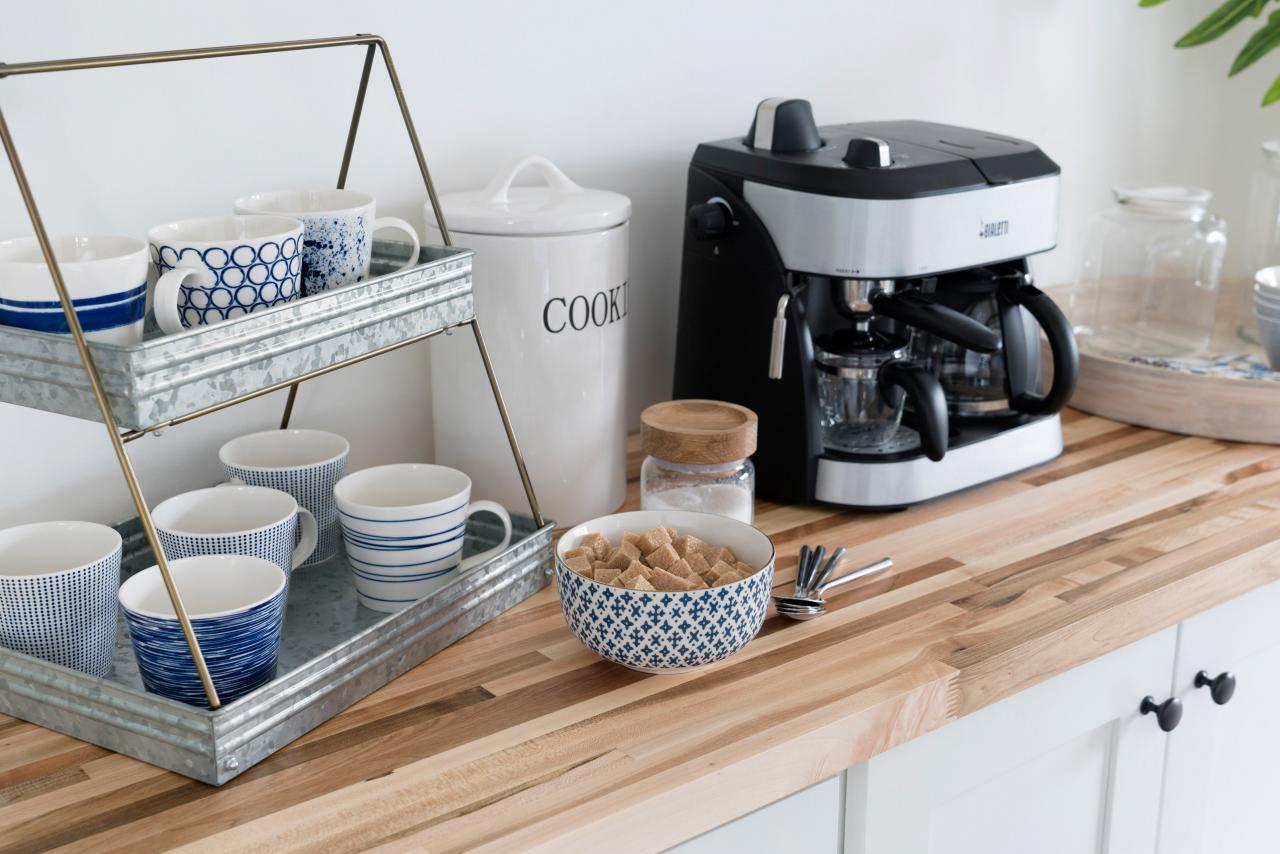
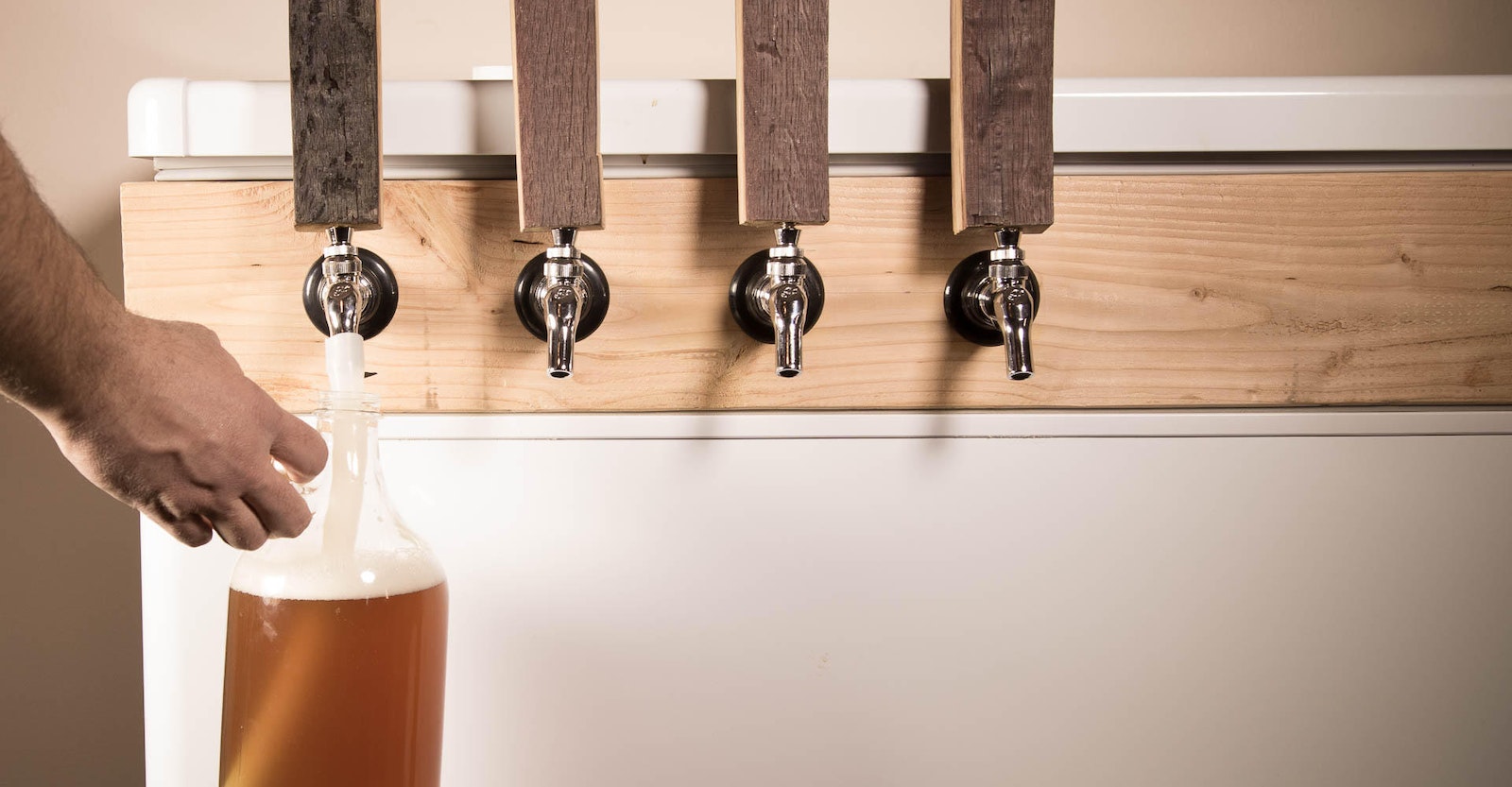
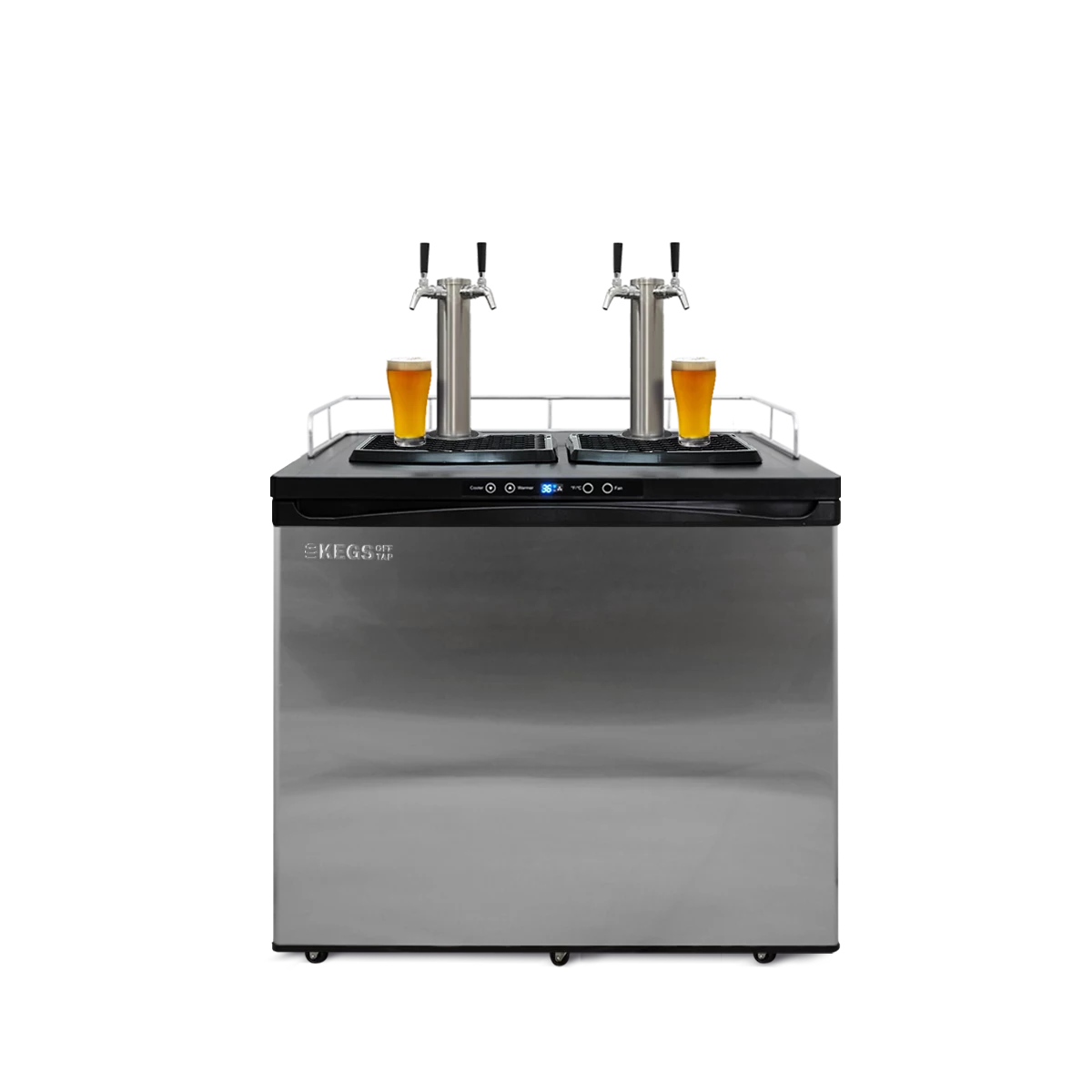
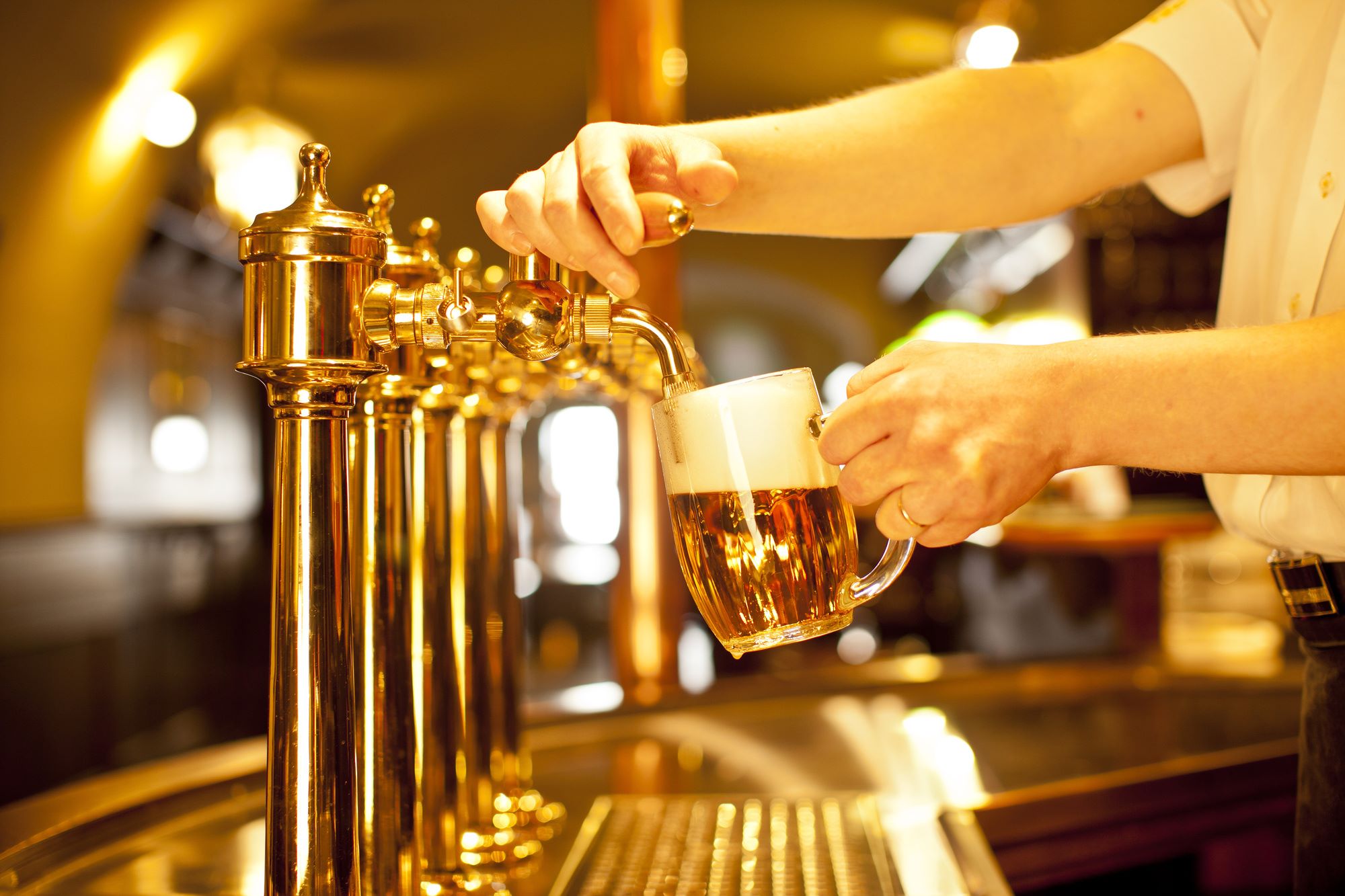
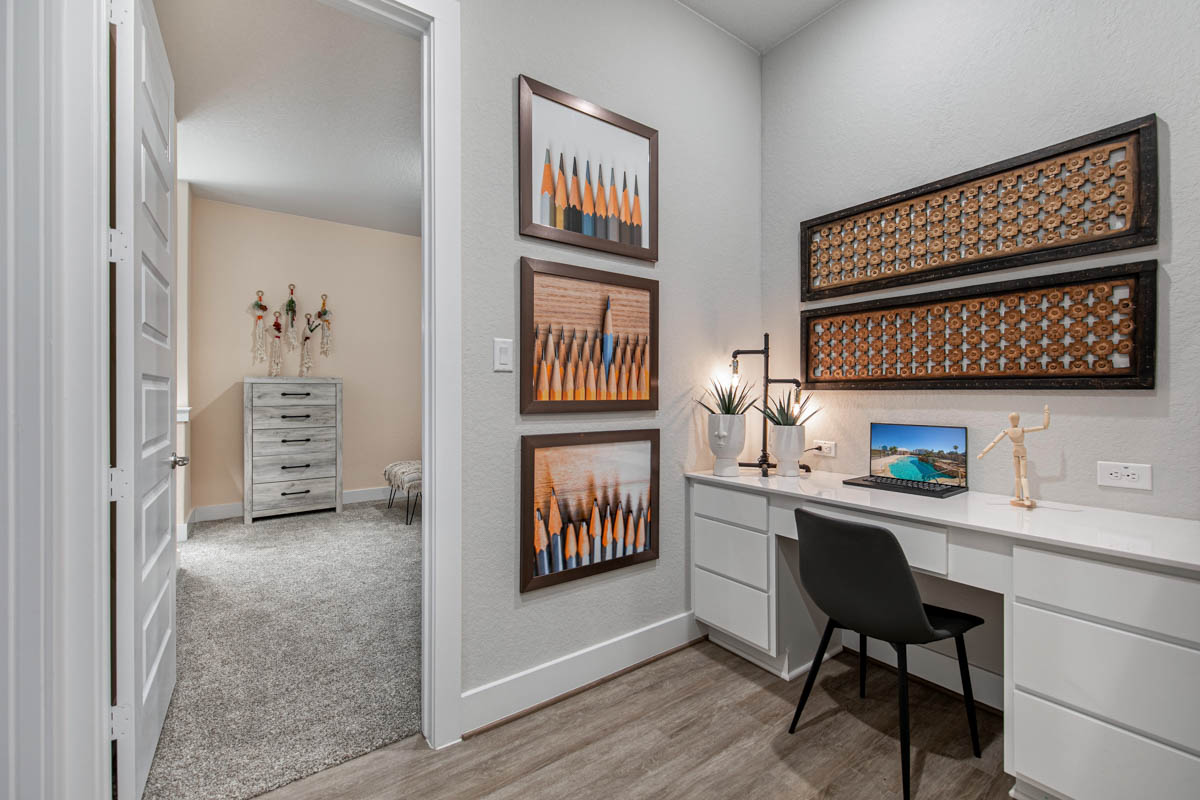
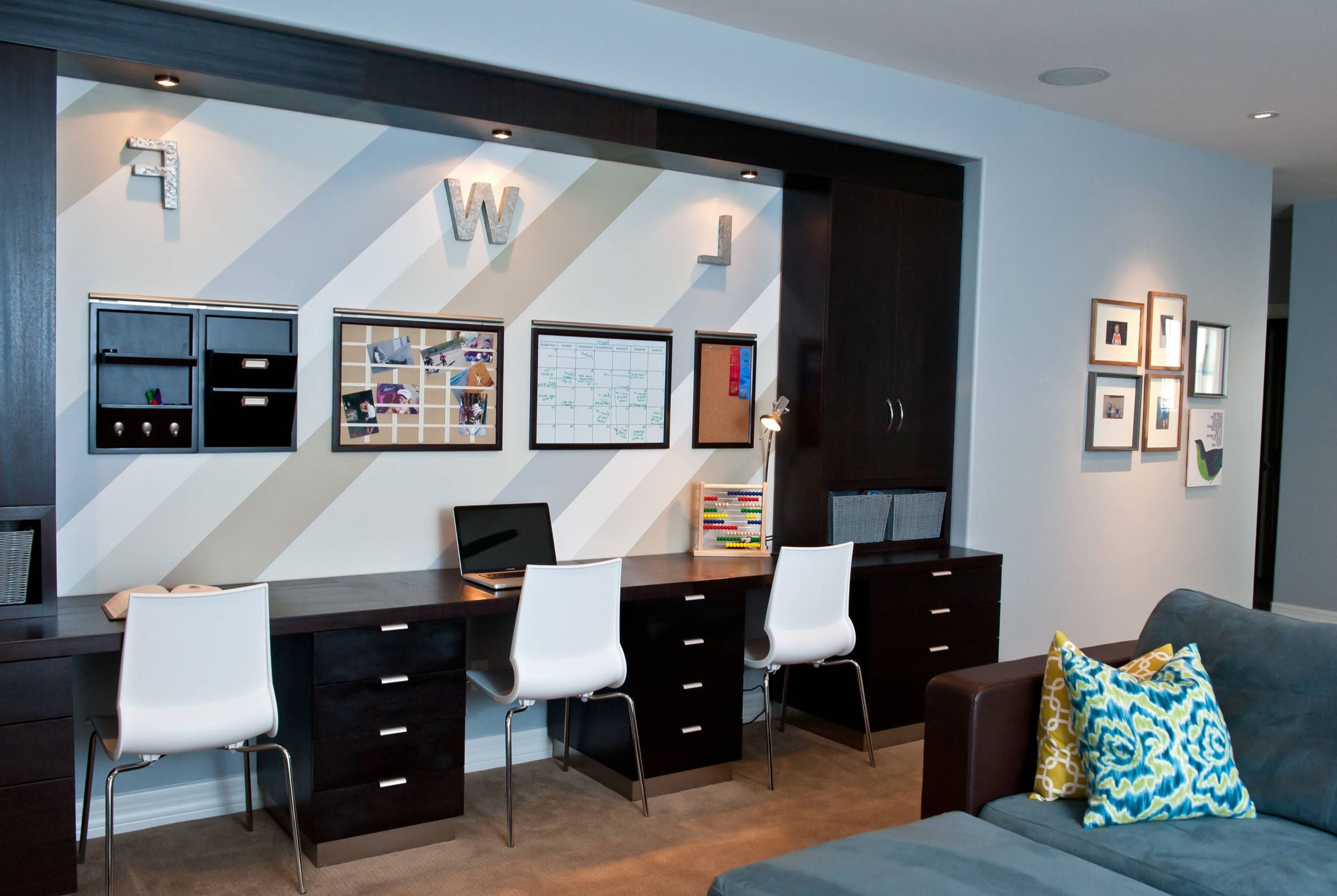
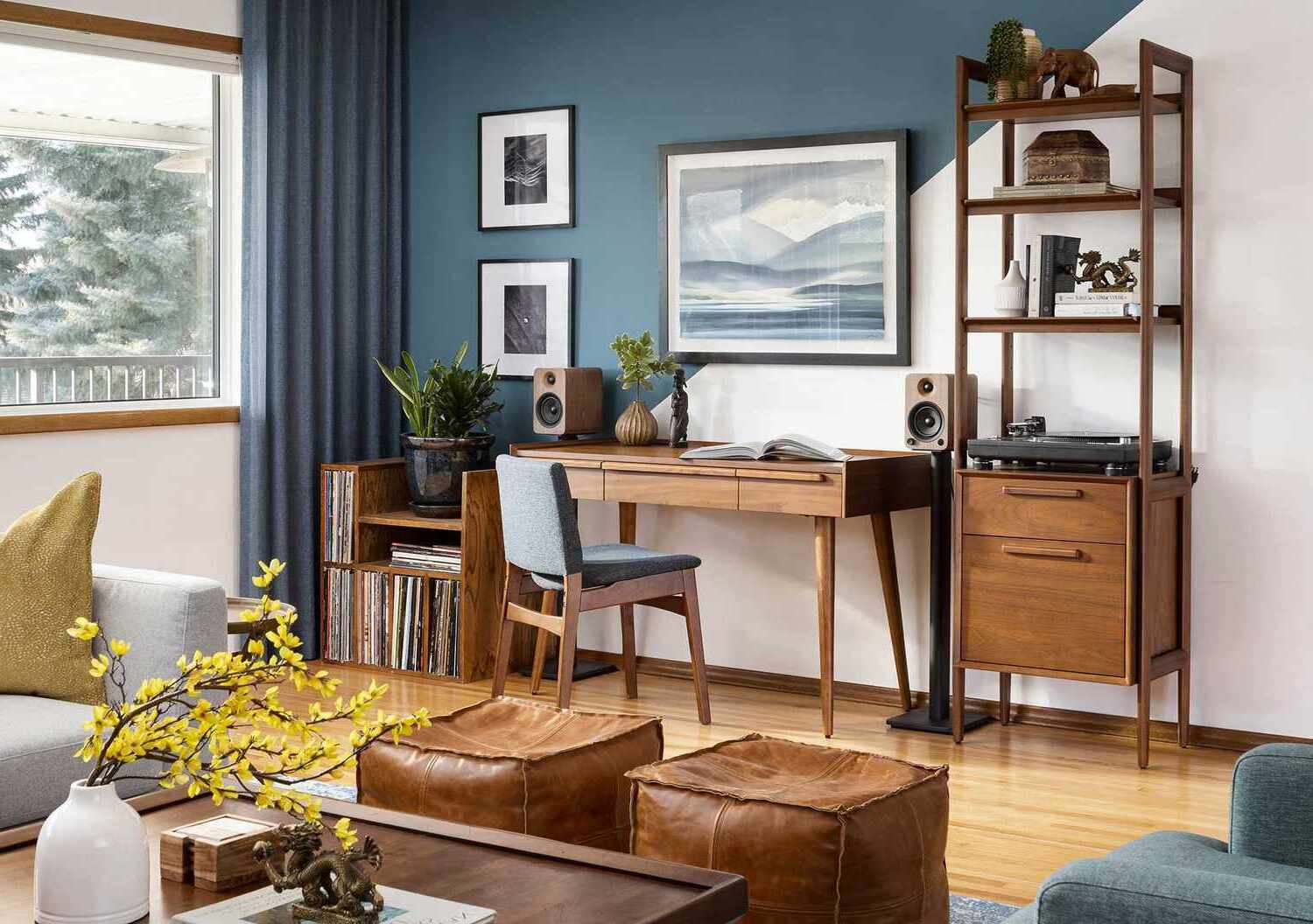

0 thoughts on “Home Brewing Station Design: Craft Beer Enthusiast Spaces”